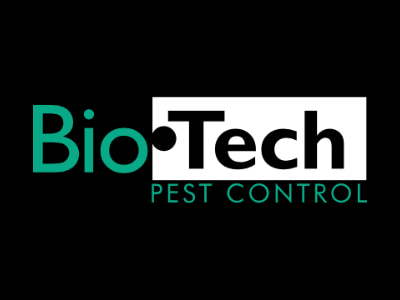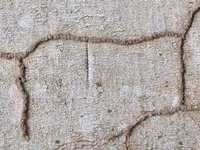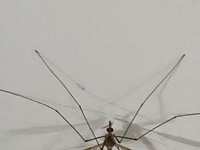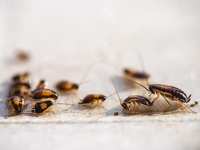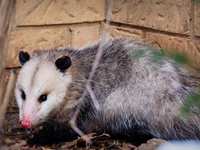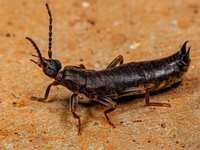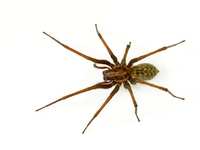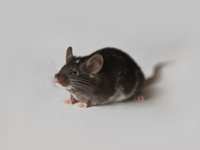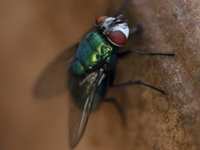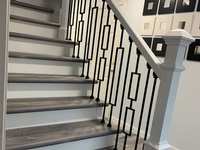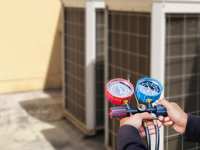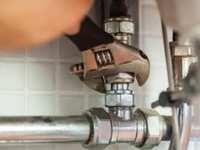Wasps and Hornets
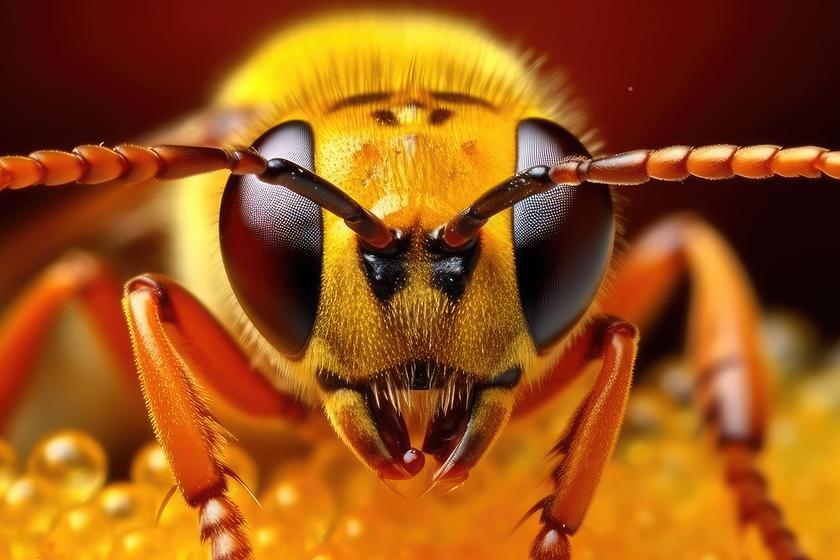
Wasps and hornets are beneficial insects. Some are pollinators or may help control some nuisance pests in the yard but may become aggressive if provoked or they feel their nest is in danger.
Social wasps include yellow jackets, hornets or paper wasps. Solitary wasps include cicada killers or mud daubers.
Most wasps and hornet’s nests are built up in the Spring and early Summer. Aggressiveness occurs in fall as females are looking for a place to hide until the warm weather of spring allows them to come back out and begin creating new nests.
Fall insect activity is related to the life cycle, the need to locate new food sources and protecting the queen.
If no immediate danger exists, wasps and hornets can be left alone to assist with the natural control of some harmful insects and plant pollination process. On the other hand, dangers may occur if nests are too close to home entryways, in attics or wall voids or areas around the home presenting the possibility of potential stings to people or pets. Certainly, some people may not mind the occasional flying wasp or hornet nearby. Others may have reactions to stings that may vary from mild discomfort to life-threatening. For this reason, correct pest identification could be critical.
Some wasps or hornets build aerial nests up high around eaves, rooflines, porch ceilings, deck lattices or even in tree branches. Some will build void nests in the ground, in the hollows of trees, logs or structural wall voids.
A careful inspection and accurate pest identification is crucial.
Control methods include:
- Pest identification.
- Nest Location.
- Understanding of basic insect behavior.
- Treating when insects are least active but most concentrated in the nest.
- Proper material application.
- Identifying vulnerable areas around the home perimeter and in the yard.
- Recommending preventative measures to discourage future infestations.
Above ground treatment may include treating the roofline eaves, soffits, and offsets. We will treat accessible overhanging tree branches to ensure a more thorough service. Below ground or wall void nests include treating the entry points where emerging insect activity has been observed.
Most importantly, for stinging insects such as wasps and hornets, interval-based material application is recommended. This is due to breakdown from seasonal changes and as insects repeat their life cycles.
If you have any questions about identifying a particular pest, call one of our service reps at our main number 281-296-6022. Or contact us via email and we will assist you in keeping these or other Fall pests under control.

